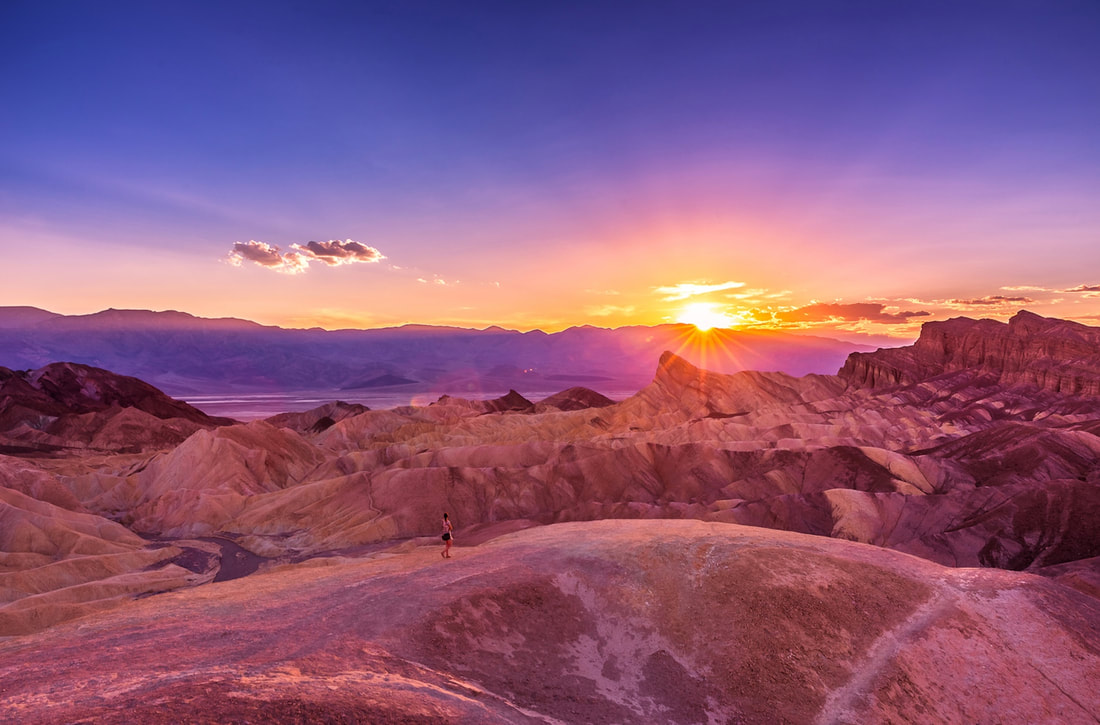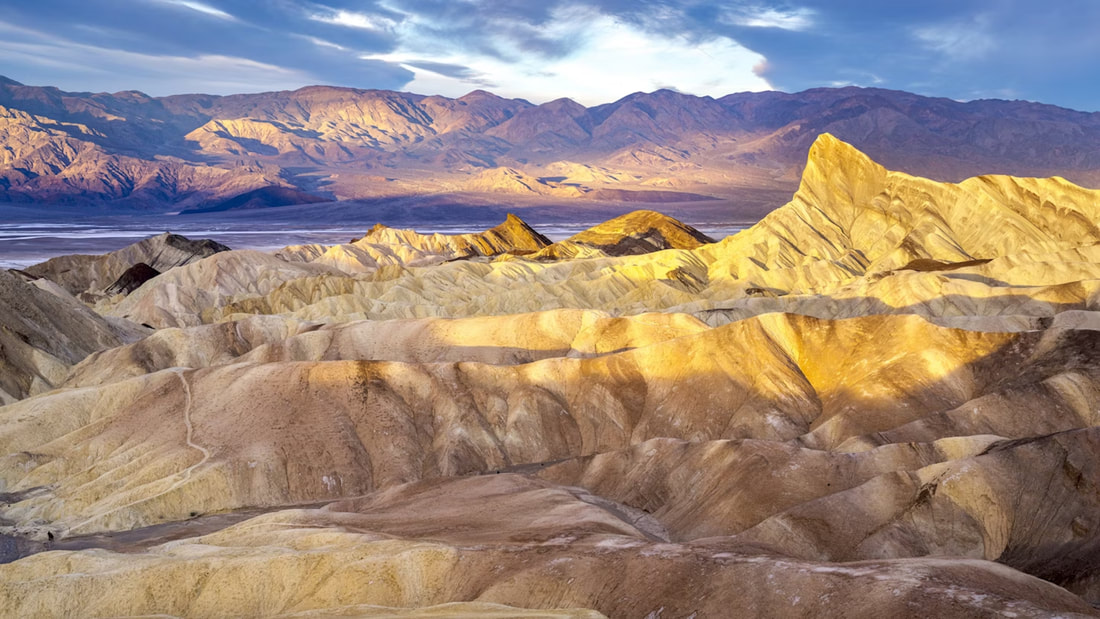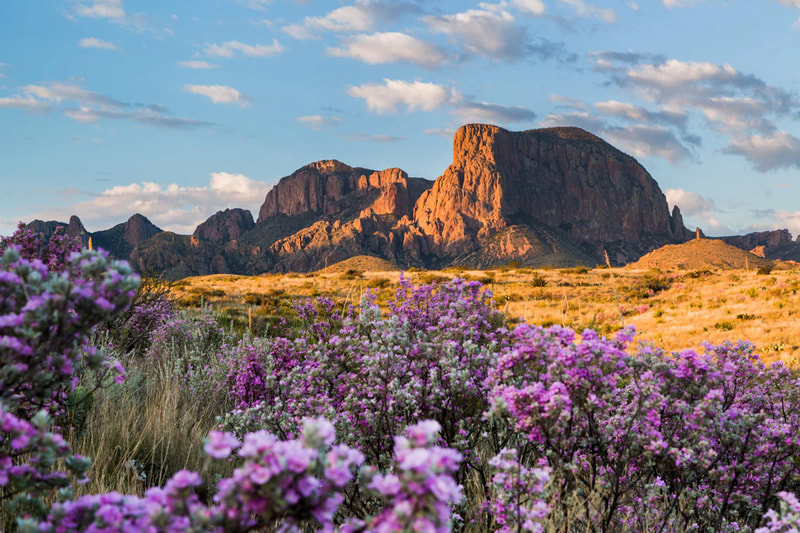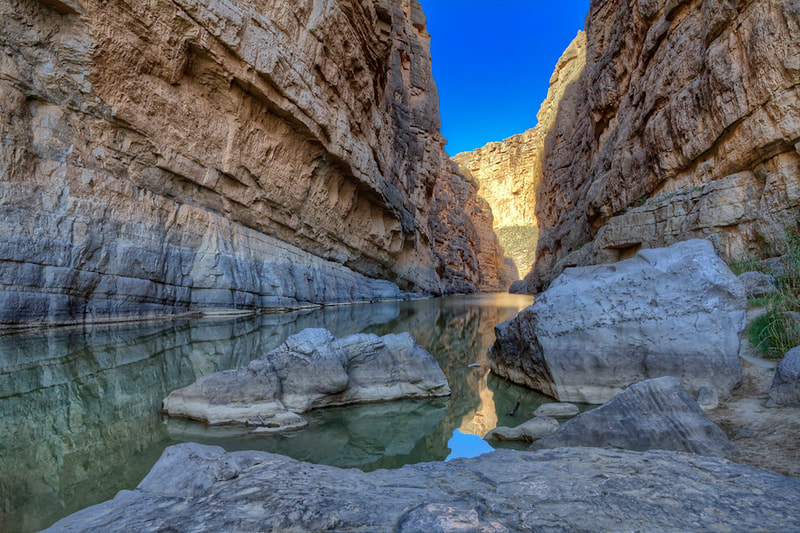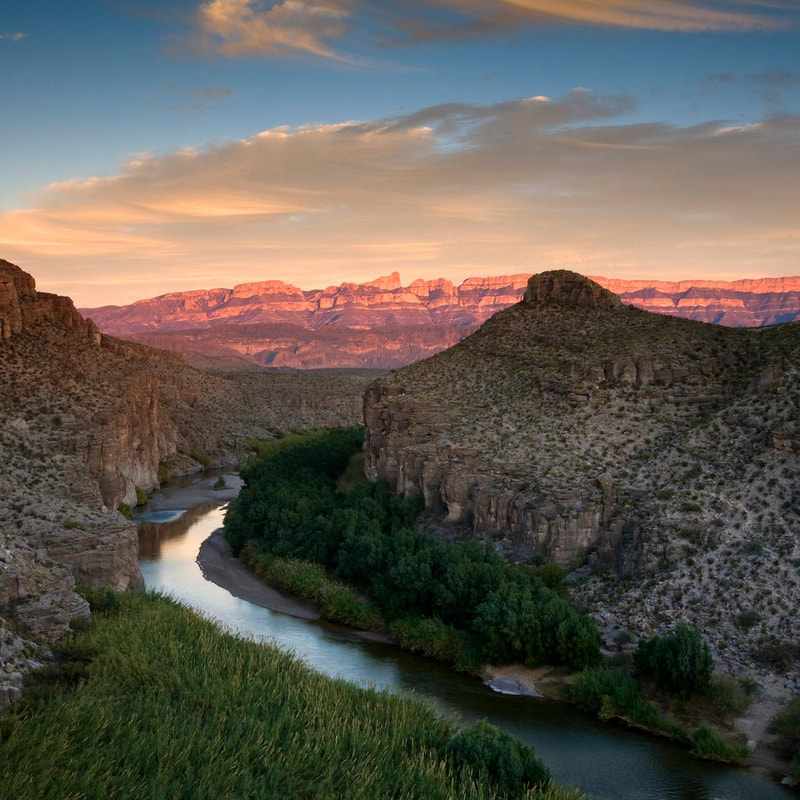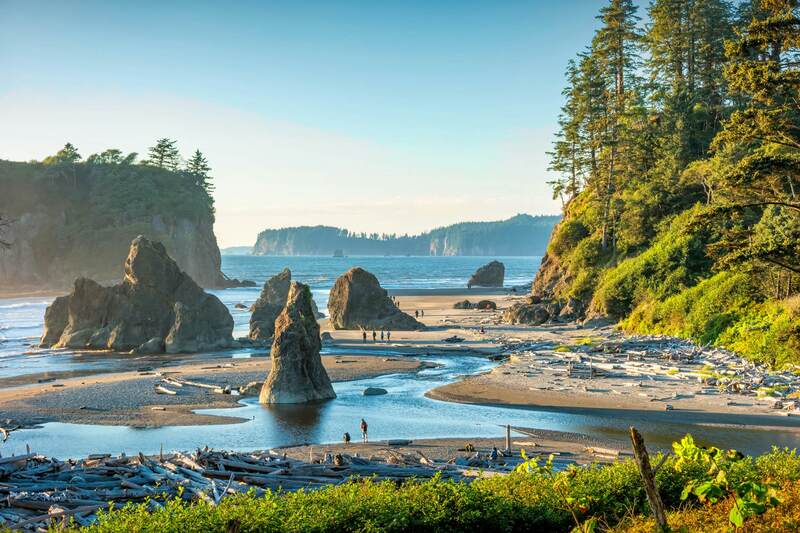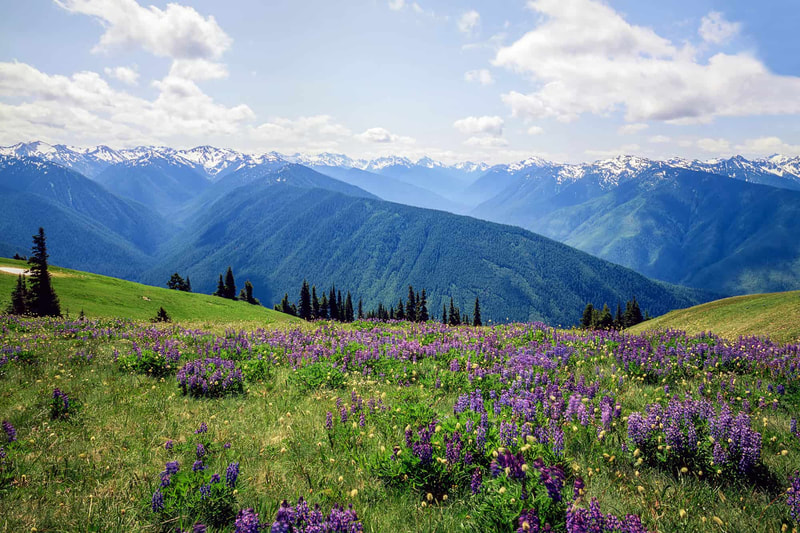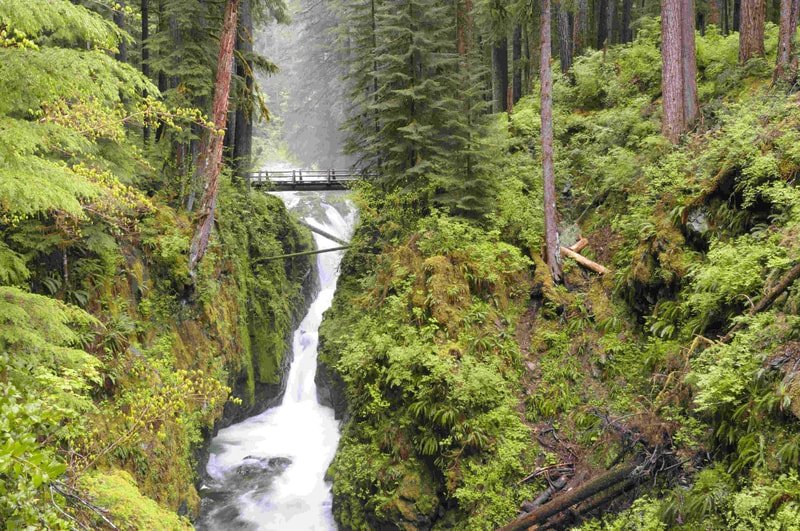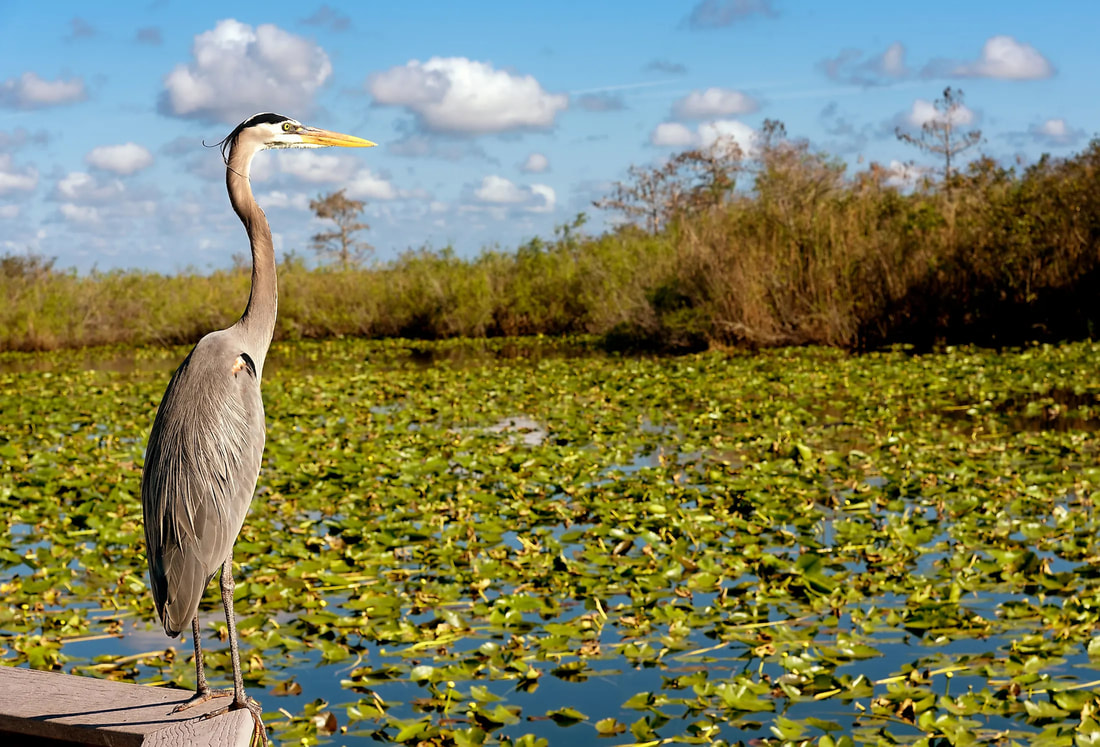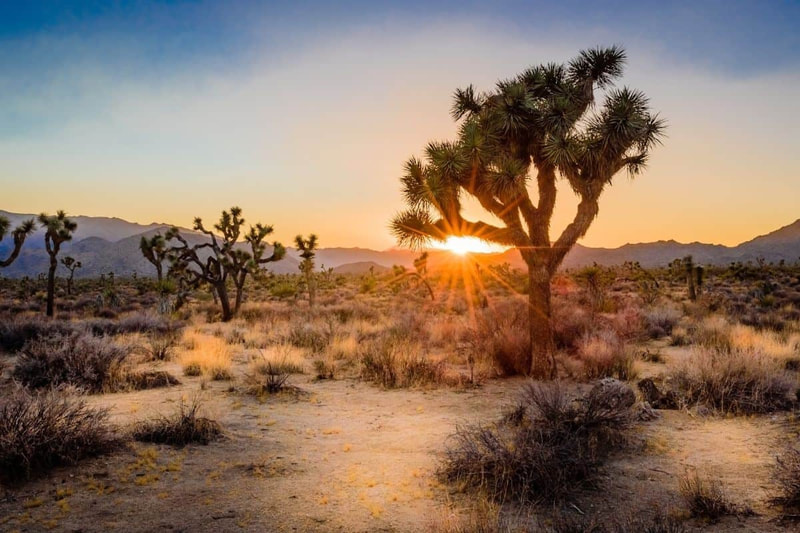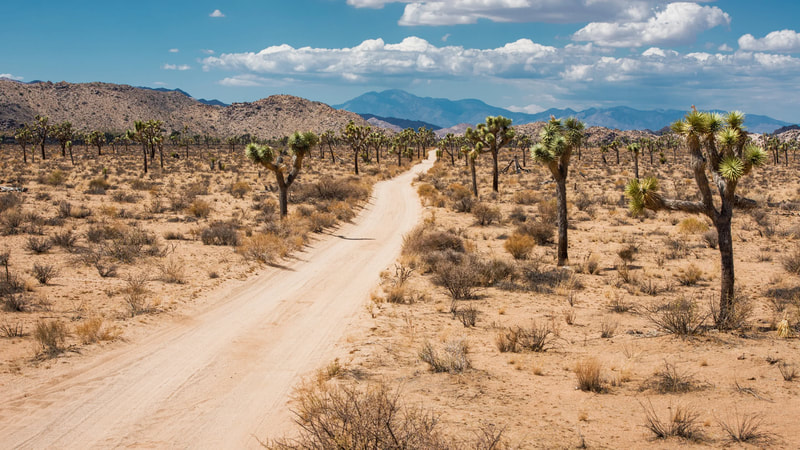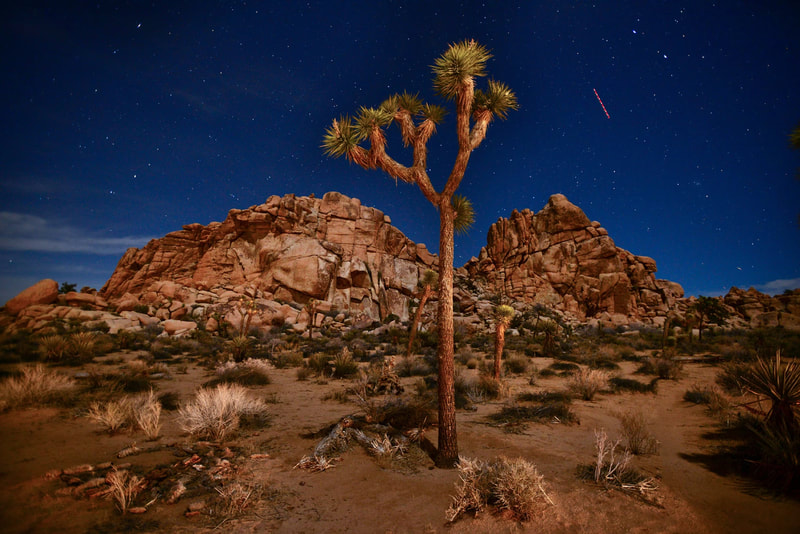Secret Season
Five National Parks that Shine in Winter’s Final Act
Experience America’s most majestic landscapes during their most exclusive moment as winter winds down, creating extraordinary scenes few travelers ever witness.
The weeks between winter’s peak and spring’s arrival offer savvy travelers an exclusive opportunity to explore America’s national parks. During this serene interlude, which generally lasts from late January through March, these stunning landscapes reveal aspects that summer visitors never experience.
Each day offers the chance for dramatic light on fresh snow, intimate wildlife encounters, and the first subtle signs of seasonal change. This is when America’s wilderness truly demonstrates its refined character—when morning frost creates ephemeral art on desert flora, when wildlife viewing becomes an intimate affair, and when the interplay of light and landscape reaches its peak. Here are five parks that highlight nature’s most exquisite performances during winter’s final act.
Each day offers the chance for dramatic light on fresh snow, intimate wildlife encounters, and the first subtle signs of seasonal change. This is when America’s wilderness truly demonstrates its refined character—when morning frost creates ephemeral art on desert flora, when wildlife viewing becomes an intimate affair, and when the interplay of light and landscape reaches its peak. Here are five parks that highlight nature’s most exquisite performances during winter’s final act.
|
Death Valley National Park,
California Winter transforms Death Valley into a wonderland of subtle beauty. By February, the possibility of a rare “super bloom” keeps photographers poised, as carpets of desert gold and purple phacelia can appear after perfect rain conditions. The low-angled winter sun creates dramatic shadows across Badwater Basin’s salt flats, while pleasant temperatures make exploring golden canyons possible. Zabriskie Point offers its most spectacular sunrise views as winter storms cap distant peaks with snow while leaving the desert floor pristine. |
Big Bend National Park,
Texas In the quiet of late winter, Big Bend reveals its most elegant face. The Rio Grande runs clear through Santa Elena Canyon, perfect for private river excursions. The Chisos Mountains, dusted with occasional snow, provide a dramatic backdrop for desert hikes, while night skies reach their clearest for exceptional stargazing. Animals emerge from winter patterns for prime wildlife viewing, and the first bluebonnets appear as early as February, dotting the desert with unexpected color. |
|
Olympic National Park,
Washington Winter storms along Olympic’s coast create nature’s most dramatic theater. From the historic Lake Quinault Lodge, watch powerful Pacific waves crash against sea stacks while staying perfectly cozy. The Hoh Rain Forest reaches peak mystique, its moss-draped maples veiled in winter mist. Roosevelt elk move to lower elevations, offering intimate wildlife encounters, while the park’s famous tide pools reveal their secrets during winter’s extreme low tides. |
Everglades National Park,
Florida Winter brings the Everglades’ most sophisticated season, when water levels concentrate wildlife without sacrificing accessibility. Wading birds gather in impressive rookeries, while gentle breezes keep insects at bay. Private boat tours through mangrove tunnels reveal roseate spoonbills and wood storks in breeding plumage. The Anhinga Trail becomes an elegant wildlife viewing promenade, and rare white pelicans make their annual appearance. |
Joshua Tree National Park,
California
Joshua Tree’s winter character emerges with crystalline clarity. The low desert light creates perfect conditions for photography, highlighting the sculptural qualities of granite formations and the park’s namesake trees. Rock climbers find ideal conditions on world-class routes, while hikers enjoy the desert’s subtle winter palette. Hidden Valley comes alive with early wildflowers, and nights offer exceptional stargazing.
California
Joshua Tree’s winter character emerges with crystalline clarity. The low desert light creates perfect conditions for photography, highlighting the sculptural qualities of granite formations and the park’s namesake trees. Rock climbers find ideal conditions on world-class routes, while hikers enjoy the desert’s subtle winter palette. Hidden Valley comes alive with early wildflowers, and nights offer exceptional stargazing.
Copyright © 2025 Pena Group, Inc. All rights reserved.

